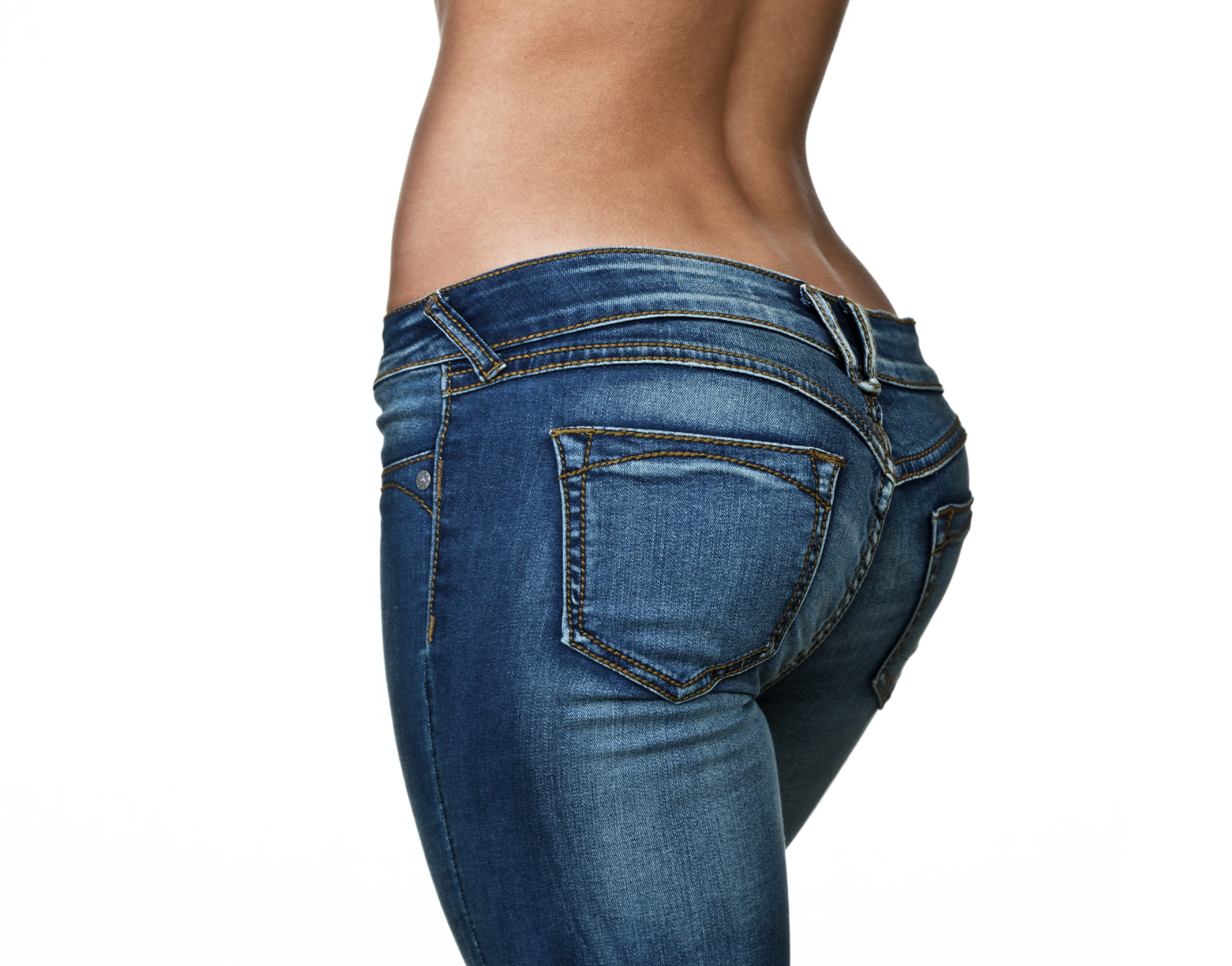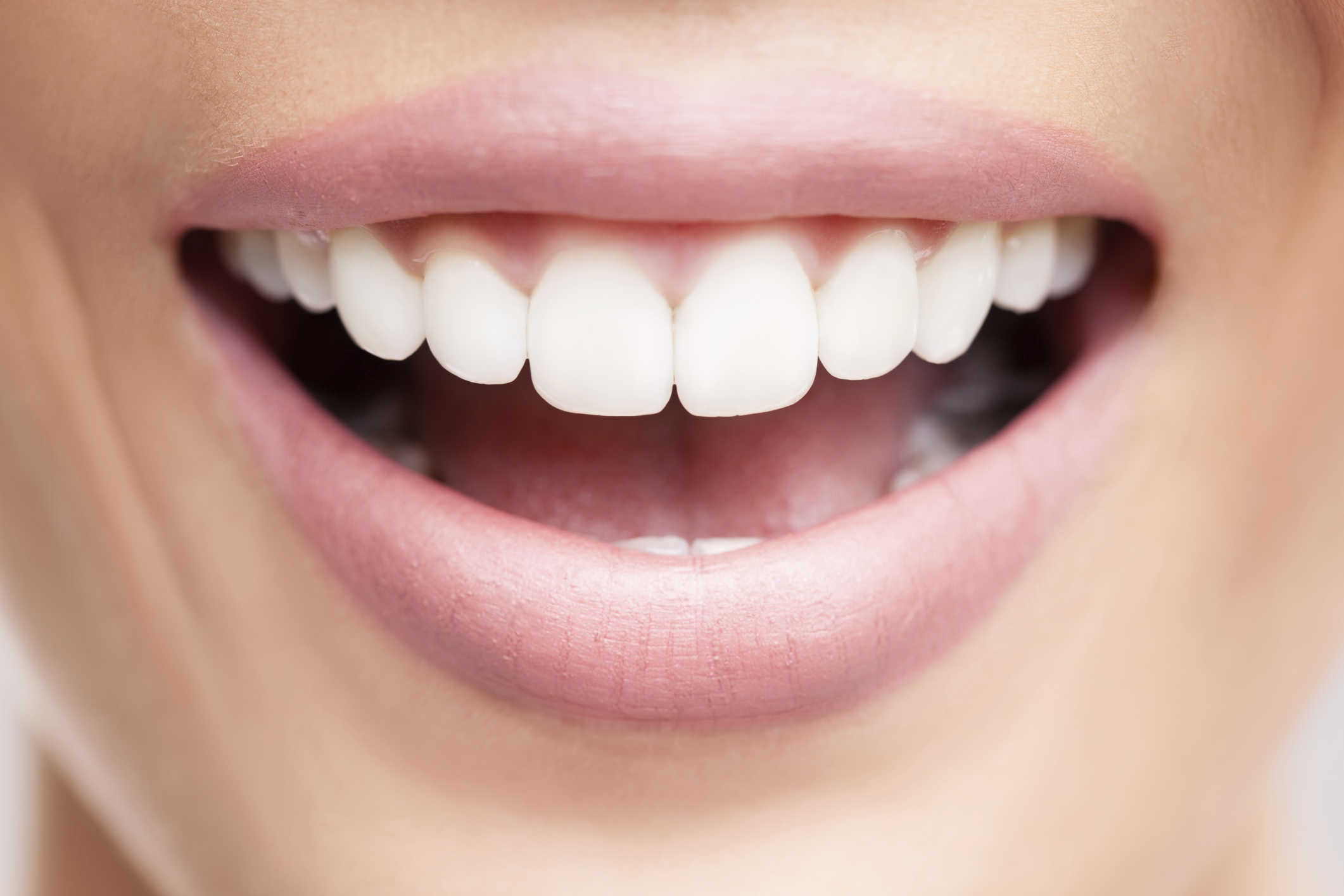Skin Tightening Treatments
-
Content written by Andrew Proulx, MD | Reviewed by EnhanceMyself Medical Team | Last updated 6/17/2023
- Overview
Overview
As we age, our skin loses its elasticity from sun damage, decreased collagen production, and aging. It can leave skin looking saggy and lifeless. The face and neck are the most noticeable areas of this loss of skin tightness, and a facelift has always been regarded as the remedy. However, there are a multitude of other less invasive options for tightening the skin.
Is it right for you?
In general, good candidates for skin tightening procedures are:
- In good overall health
- No major medical issues
- Near your ideal weight
- Have realistic expectations
Patients should always discuss their condition with their treatment provider. The best types of providers for skin tightening treatments are usually dermatologists, plastic surgeons, or facial plastic surgeons.
Who may not be a good candidate?
Some patients with the following conditions may have to avoid skin tightening treatments:
- Active cancer
- Inflammation of the skin
- Uncontrolled diabetes
- Autoimmune diseases
- Broken blood vessels on the surface of skin
- Active mental illness
- Taking blood thinners
- Women who are pregnant or breastfeeding.
Some laser therapies are considered safe for pregnant women, but they should be cleared by a physician first.
Types of treatments
The categories of treatments available for skin laxity and sagginess are:
- Laser treatments
- Microfocused ultrasound
- Radiofrequency
- Dermal fillers
- Facelift surgery
Laser skin resurfacing
Laser treatments use heating of skin tissue to create a wound-healing effect, which causes skin to become tighter. Laser skin resurfacing can be performed through either non-ablative, fractional, or ablative (more aggressive) resurfacing. Fractional resurfacing may be the most effective, as it targets the deepest tissue without risk of scarring.
Like many dermal fillers, laser treatments stimulate new collagen formation, which gradually creates tighter skin.
- Procedure: The medical team will either numb the area to be treated or sedate the patient, depending on the treatment size and type of laser. During the procedure, an intense laser beam penetrates the skin in the affected areas with either pulsed or sprayed light. The treatment process takes between 30-24 minutes.
- Side effects: Redness, itching, swelling, acne, skin discoloration, infection, and turning of the eyelid (rare).
- Average cost: $1,500-$2,500 per session
Microfocused ultrasound (MFU)
Ultrasound waves have been used for everything from healing injured tendons to imaging internal organs. Plastic surgeons can now use them to treat the “turkey neck” that results from age and sun damage.
MFU uses highly focused beams of ultrasound waves to briefly heat deep skin tissue in the face and neck to 140 degrees Fahrenheit. The top layers of skin are not affected by the ultrasound beam. The heating of the deeper tissue causes collagen fibers to break apart and subsequently create new, fresh fibers. The result is tighter, firmer skin with reduced wrinkles in the neck and lower facial region. Improvements continue over the first few months after treatment.
- Procedure: A clinician performs the treatment in a clinical setting. After a cool gel is applied to the skin, a hand-held wand is used to deliver the sound waves to the target area through a specialized ultrasound head. If patients find the procedure uncomfortable, they can take medication to dull the pain. It is a one-time, 90-minute procedure. People generally tolerate it well, although it is common to feel the pulsed bursts of energy. Occasionally, the clinician will ask the patient to return for a second treatment if necessary.
- Side effects: tenderness, redness, swelling, and occasional bruising.
- Average cost: $800-$2,500
A popular type of MFU treatment is Ultherapy.
Radiofrequency
Radiofrequency (RF) uses an oscillating, electrical current to transform charged molecules and ions into heat. It is thought to work by inducing inflammation in small areas, which promotes new collagen production. When new collagen fibers mature, lax skin becomes tighter and smoother in appearance.
Common areas of treatment are the face, abdomen, neck, upper arms, thighs, and buttocks.
- Procedure: In an outpatient clinic, a practitioner will mark the areas to be treated, apply a cool gel to the skin, and roll a hand-held tool that delivers RF waves to the targeted region. While some heat may be felt, patients usually have no discomfort.
- Side effects: Redness and increased sensitivity may occur temporarily after the session.
- Average cost: One treatment runs between $200-$500 per session, and a patient can require up to 10 sessions.
A popular type of RF treatment is Thermage, Thermalift, and Exilis.
Dermal fillers
Injectable dermal fillers are not specifically designed to be a skin tightening solution, however many doctors have long used dermal fillers to “fill” the area under the skin of the face and hands in order to lift up wrinkled skin and restore fullness to the area.
Dermal fillers are injectable gels that are based on natural compounds found in the human body, such as hyaluronic acid, and calcium hydroxyapatite (CaHA). These not only provide support for the overlying skin from their own volume, but they also work by stimulating natural collagen production, and draw in hydrating fluids from the body.
In skin tightening treatments, dermal fillers can be used in a number of body areas, including the face, neck, decolletage, upper arms, abdomen, upper legs, and buttocks.
- Procedure: The provider may numb the area to be treated with a topical cream (some areas are more painful than others). Several treatments may be required, and it may take some time to see the full effect of the filler. The effects are temporary, lasting anywhere from 6-18 months, depending upon the specific filler used, the area injected, and the patient’s biological characteristics.
- Side effects: bruising, redness, hypersensitivity, swelling, pain, and skin hardening around the injection site. If the filler is injected too superficially in skin that is dark or thin, more serious adverse events can occur. The person performing the procedure should be a licensed practitioner with experience in administering dermal fillers.
- Average cost: $500-$1,000 per syringe
Some types of dermal fillers commonly used include Juvederm, Radiesse, Restylane and Bellafill.
Face lift surgery
Face lift surgery has been the gold standard for decades for the tightening of skin around the face and neck. There are a variety of options to choose from if opting for the surgical route, from submentoplasty to neck lift surgery to full facelift.
The average price of facelift surgery can range from $3,000 to $12,000.
What type of results to expect
The length of time required to see maximal effects and the duration of the effects depend entirely on the specific treatment method, the severity of the skin laxity being treated, and on the patient’s biological characteristics.
How long will your results last?
In general more invasive procedures such as a facelift surgery will provide longer lasting results than less invasive treatment options.
To maintain results, it is important to have a good skincare regimen and protect the skin from the sun to prolong the lifespan of skin tightening treatments.
Can lotions & creams tighten skin?
Most doctors agree that no lotions or creams can penetrate the skin deep enough to create substantial skin tightening effects. The ones that claim to be tighteners actually just plump the superficial skin. The result is moisturized, but not tightened, superficial skin.
EnhanceMyself.com relies on sources such as professional medical organizations, government agencies, academic institutions, and peer-reviewed scientific journals to write it’s articles. Learn more about how we ensure our content is accurate, in-depth, and unbiased by reading our editorial guidelines.
*Medical Disclaimer: This website does not provide medical advice. Read more.


